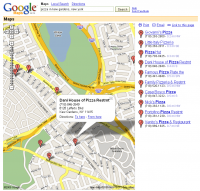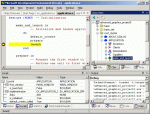Rewrites Considered Harmful? by Neil Gunton thinks developers, especially Open-source ones, make a mistake when moving to a completely new code-base. You see, the old code-base had a lot of testing time in it and was, if not more stable, at least had known bugs.
This is a good argument and one that most project managers are aware of. However, stability is relative to the given feature set. A product is well tested with feature set A. Within 3 years, the product will have feature set B. What must a project... [More]




 The
The 


 Another exciting product announcement at the Apple Developer’s Conference is
Another exciting product announcement at the Apple Developer’s Conference is